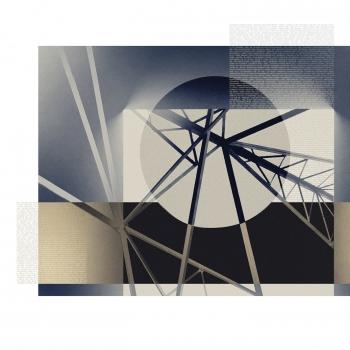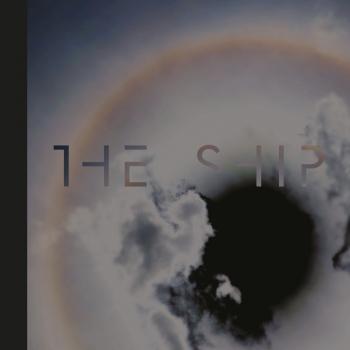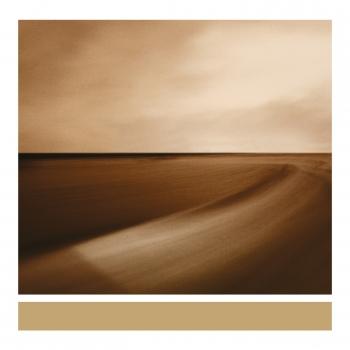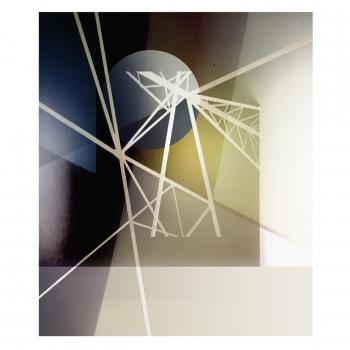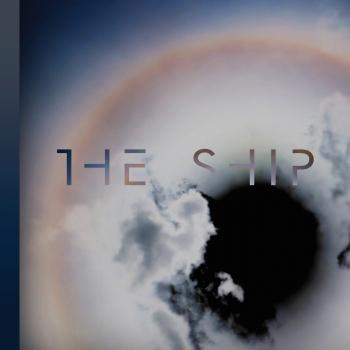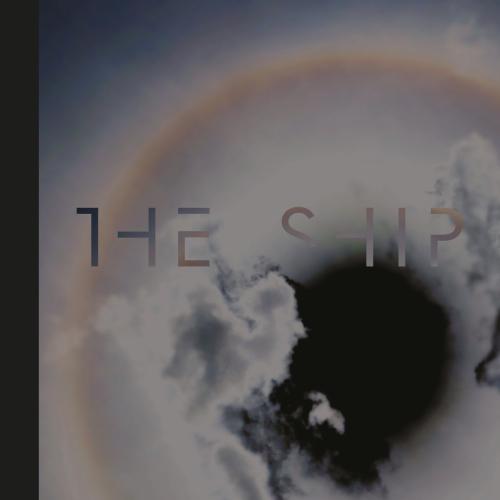
The Ship Brian Eno
Album info
Album-Release:
2016
HRA-Release:
06.01.2023
Album including Album cover
I`m sorry!
Dear HIGHRESAUDIO Visitor,
due to territorial constraints and also different releases dates in each country you currently can`t purchase this album. We are updating our release dates twice a week. So, please feel free to check from time-to-time, if the album is available for your country.
We suggest, that you bookmark the album and use our Short List function.
Thank you for your understanding and patience.
Yours sincerely, HIGHRESAUDIO
- 1 The Ship 21:19
- 2 Fickle Sun (i) 18:03
- 3 Fickle Sun (ii) The Hour Is Thin 02:50
- 4 Fickle Sun (iii) I'm Set Free 05:18
Info for The Ship
"The Ship" is Enos first solo record since 2012s Grammy-nominated LUX. Originally conceived from experiments with three dimensional recording techniques and formed in two, interconnected parts, The Ship is almost as much musical novel as traditional album. Eno brings together beautiful songs, minimalist ambience, physical electronics, omniscient narratives and technical innovation into a single, cinematic suite. The result is the very best of Eno, a record without parallel in his catalogue. The album opens with the 21-minute eponymously titled The Ship on which Enos cyclically sung sea-chant builds in ominous drama, followed by Fickle Sun, a song in three movements. The first continues where The Ship left but with Enos voice sounding more upfront, determined, even despairing.
The albums finale is a Lou Reed penned cover of The Velvet Undergrounds Im Set Free, a band who were famously credited by Eno as the inspiration behind his early music explorations as an art student.
"Humankind seems to teeter between hubris and paranoia: the hubris of our ever-growing power contrasts with the paranoia that we're permanently and increasingly under threat. At the zenith we realize we have to come down again...we know that we have more than we deserve or can defend, so we become nervous. Somebody, something is going to take it all from us: that is the dread of the wealthy. Paranoia leads to defensiveness, and we all end up in the trenches facing each other across the mud." (Brian Eno)
"The Ship marks Brian Eno's first ambient album since 2012's Lux. Work on the album began as a 3-D sound installation in Stockholm, but altered to stereo when Eno realized he could sing in a low C, The Ship's root note. The Ship contains two works, the 21-minute title track, and the three-part "Fickle Sun." The title piece, a reflection on the sinking of the Titanic, recalls a moment in his distant past: he released Gavin Bryars' Sinking of the Titanic on his Obscure Music label in 1975.
The two could not be more different. Bryars' work, composed of a folk-like chamber melody, is evolutionary; it changes as the composer learns more about the event. The Ship is self-contained. It emerges from keyboard sounds and samples in a drone that unfolds in gently undulating waves until actual songs -- freed from the concept of fixed rhythm -- emerge. Eno's singing voice fronts a two-chord melody that sets his subject inside the frame of a rolling, undulant seascape. The narrative submerges individual stories under a loose but inextricably connected narrative. Softly played keyboards, synthesized strings (suggesting the ship's dance band), sonar sounds, sampled ghost voices from radio broadcasts, and a siren chorale (provided by the Elgin Marvels) allow sensory impressions from these fragmented stories to emerge. Eno's lyrics depict water, the boat, mortal transience, and the envelopment of it all into a vast, roaring, eternal silence. His singing recedes into droning chords and layers of ambient sound that all but consume spoken voices in Catalan and English. In the end, all that remains are his words, "wave, after wave, after wave."
By contrast, "Fickle Sun" begins dramatically. The first section, over 18 minutes, reflects on the "hubris and arrogance" of WWI. Swirling, nightmarish sine pulses, blurry vocals, and colliding keyboards create a dissonant, near-gothic drone. Eno's chant-like monotone delivery recalls Nico's doomsday singing. The track builds to a crescendo but it's subsumed by a stark, chilly ambience, sampled radio voices and his own, by a vocoder framed by fragmented noise. The feel is sinister and tense. The brief second part (subtitled "The Hour Is Thin") features a lone piano and is narrated by Peter Serafinowicz. It adds poignancy and emotional resonance contrasting sharply with the first. It crossfades into a reverential cover of Velvet Underground's "I'm Set Free." Aided by Nell Catchpole's violin and viola, Jon Hopkins' layered keyboards, and Leo Abrahams' guitar, Eno's own instrumentation -- including drums -- and singing deliver a gorgeous reading. This pop note -- drenched in the haunted irony of Lou Reed's lyrics: "I'm set free/To find a new illusion" -- almost decenters the record but ultimately underscores it as a tender yet powerful commentary. The Ship is a memorial to and meditation on history and human foibles. Just as importantly, it places an exclamation point on Eno's career as curiosity, experimentation, chance, and form gel; his relentless sense of adventure remains undiminished by time." (Thom Jurek, AMG)
Brian Eno, producer, recording
Peter Chilvers, co-producer, recording, programming, keyboards, vocoder
Leo Abrahams, guitar (track 4)
Jon Hopkins, keyboards (track 4)
Nell Catchpole, violin, viola (track 4)
Nuria Homs, voice (track 1)
Members of the Elgin Marvels, voice (track 1)
Peter Serafinowicz, voice (track 3)
No biography found.
This album contains no booklet.










